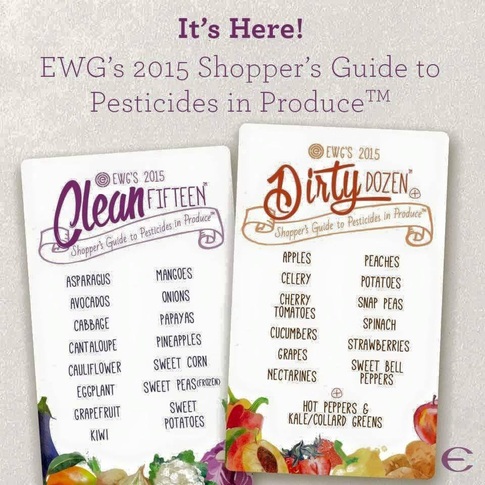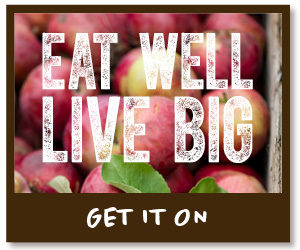|
"Should I buy organic or conventional produce?"..... Do you ever find yourself struggling with that question? Are you familiar with the Clean Fifteen and the Dirty Dozen? If you aren't, you should be, it may help answer that nagging question! It's a guide produced by the Environmental Working Group for consumers identifying the levels of pesticide residue in produce. The Dirty Dozen are just that, produce that has been identified to have the highest findings of pesticide residue and the Clean Fifteen produce have shown to have the least amounts of pesticide residue. To make shopping easy, I saved the picture below to my phone so it's easily accessible as a handy reference tool when grocery shopping. It helps me make produce decisions when organic produce is not available or the cost of organic vs conventional may be a factor. It has also allowed me to establish my non-negotiable organic produce list, for me when it comes to apples, strawberries or grapes, it's organic or nothing. Being an informed and aware consumer allows you to make the best choices for you and your family. That being said, a conventional apple will always be better than a bag, bowl or plate of processed or pre-packaged junk food! Remember it's all about a healthy lifestyle not a diet. Every time you eat is an opportunity to nourish your body! Below is a summary of the findings, provided from the EWG's website, click here to read the whole report or see the full list click here. Thanks to Environmental Working Group for the picture and information Highlights of Dirty Dozen™ 2015 Source: EWG's Shopper's Guide to Pesticides in Produce™." EWG's 2015 Shopper's Guide to Pesticides in Produce™. Web. 19 Mar. 2015.
11 Comments
|
Welcome!Join me on the journey to nutritional knowledge and a healthier lifestyle! Archives
March 2015
Categories
All
|


 RSS Feed
RSS Feed


